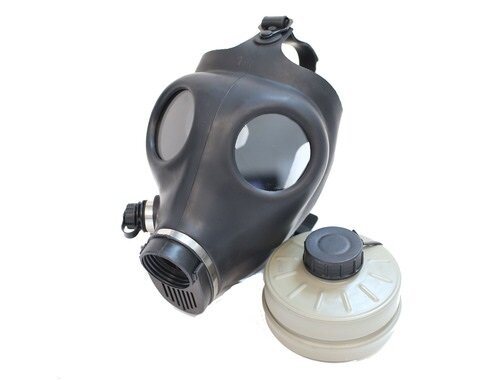Gas masks are an invention that protects people from toxic substances and poisons in the air. To protect people from air hazards, the gas mask covers the nose and mouth. However, most gas masks protect sensitive tissue like the eye.
A military grade gas mask was first created to protect soldiers against gas poisonings and particulates. Each filter in the gas mask is designed to protect against specific poisons or toxins. Protective clothing is required for gas mask users who are exposed to corrosive gases.

Gas Masks: History
The first civilization to use gas masks was the ancient Greeks. They used ordinary sponges as primitive gas masks. Banu Musa Brothers, Persia's first gas mask, created in the 9th Century. It was designed to protect people who work in polluted wells. Alexander Von Humboldt (a Prussian mining engineer) developed a primitive respirator for miners working in deep mines.
American engineer Lewis P. Haslett created a device that looked like a modern gas mask in 1847. He was the first American to be granted a patent for a gas mask. He discovered the bulb-shaped filter that filters out dust from inhalation. The hole in the filter allows air to be released back into the atmosphere. John Stenhouse was a Scottish chemist who created the first version of the device based on the design by Haslett.